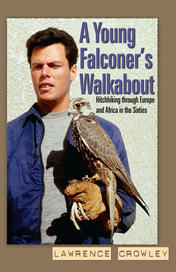Browse by Category
Browse the category list to the right to find BC books grouped by industry standard headings. To see our curated lists of BC books by region or special-interest subject area, visit our BC Reading Lists page.

You Suck, Sir


You Will Wear a White Shirt






